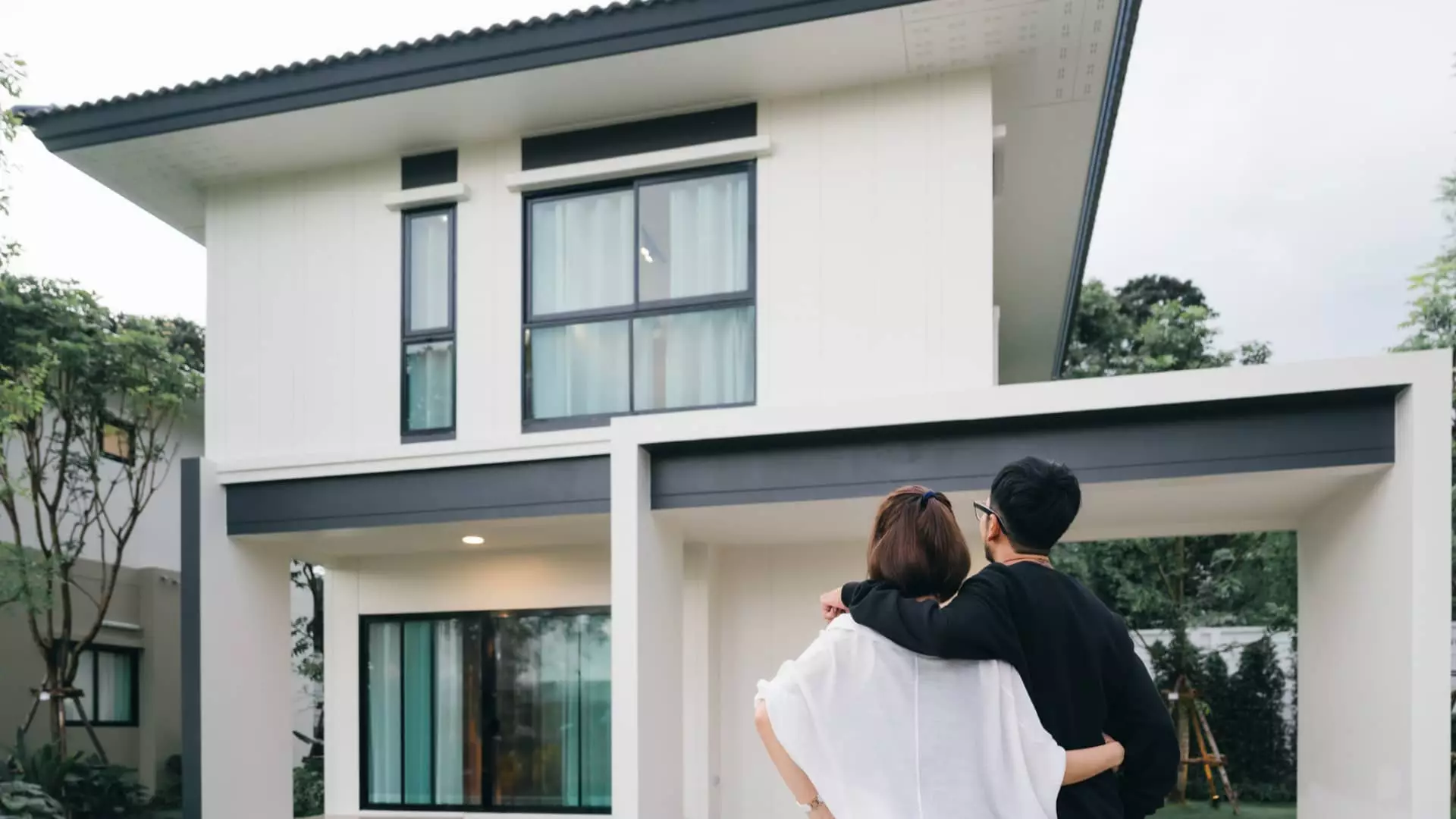Aspiring homeowners often find that the journey to owning a house can be considerably long and complicated, especially when navigating the financial landscape of down payments. The time it takes to save for a 20% down payment can vary dramatically depending on geographical location and local property prices. A recent study by RealtyHop highlights this issue, revealing that in high-cost areas like New York City, a prospective buyer might need to toil for approximately 10.85 years to amass a staggering $173,000. This figure represents 20% of the median list price of $865,000, underscoring the financial strain that potential homeowners face in densely populated regions.
On the contrary, the situation dramatically alters in more affordable cities. For example, in Detroit, where the median household income is around $39,575, individuals looking to purchase a $100,000 home would only require about 2.53 years of savings to generate a $20,000 down payment. Similar patterns emerge in other affordable markets across the United States, making it critical for potential buyers to consider the economic landscape of their chosen city prior to making decisions.
A crucial element in saving for a down payment involves understanding one’s financial standing in conjunction with local living expenses. A report from Zoocasa emphasizes that significant financial responsibilities, such as parenting, can drastically impact the duration one needs to save. For instance, households with children in Detroit face an extended timeline, with an estimated 20.3 years required to reach the same down payment threshold. This stark contrast illustrates how additional expenses associated with family life can hinder the journey toward home ownership.
Another contributing factor is the ongoing rise in home prices, which continues to outpace wage growth in many areas. Jacob Channel, an economist at LendingTree, points out that higher real estate costs in desirable locations make it more challenging for buyers to save effectively. Cities like Los Angeles exemplify this dilemma, where the median list price for homes reaches around $1.13 million, resulting in an approximate saving period of 14.10 years if a household aims for a 20% down payment.
While the idea of saving up 20% for a down payment often feels insurmountable, it is essential to note that various financing options exist to alleviate this burden. For instance, the federal government provides several loan programs designed to assist potential homeowners. The Veterans Affairs Department allows qualified veterans to secure loans with no down payment, while USDA loans aim to support buyers in less populated, rural areas with similar terms.
Moreover, Federal Housing Administration (FHA) loans can require as little as a 3.5% down payment, making home ownership accessible for first-time buyers and lower-income households. While these options show promise, prospective homeowners should be aware of the implications of a smaller down payment.
By contributing less upfront, buyers often encounter higher monthly mortgage payments and may be subject to private mortgage insurance (PMI) costs, which further complicate financial calculations. PMI rates typically range from 0.5% to 1.5% of the overall loan amount, sometimes translating into hundreds of dollars added to monthly expenses, which can burden already stretched budgets.
Strategizing Your Path to Home Ownership
To successfully navigate the complex world of homeownership, individuals should adopt strategic budget management techniques to find a balance between income, expenses, and savings. According to Melissa Cohn, a vice president at William Raveis Mortgage, the first steps involve recognizing income levels and establishing a realistic budget. Understanding spending habits and identifying potential savings opportunities are pivotal in formulating a proactive financial strategy.
Simultaneously, prospective buyers must remain informed about average property prices in their desired neighborhoods. Gaining insight into closing costs—which can reach 2% to 6% of the loan amount—will also provide clarity regarding the overall financial requirements of home purchasing. Homebuyers should not overlook these closing costs, as they can significantly add to the financial demands of obtaining a mortgage.
Ultimately, aspiring homeowners need to recognize that saving for a down payment is a financial journey that requires patience and planning. Whether you’re situated in an expensive urban center or a lower-cost environment, clear financial goals and prudent management strategies can pave the way to homeownership. As experts urge, balance is key: take the time you need to save accordingly while remaining conscious of the changing housing market. With dedication and the right approach, achieving that long-awaited dream of homeownership is well within reach.

Leave a Reply